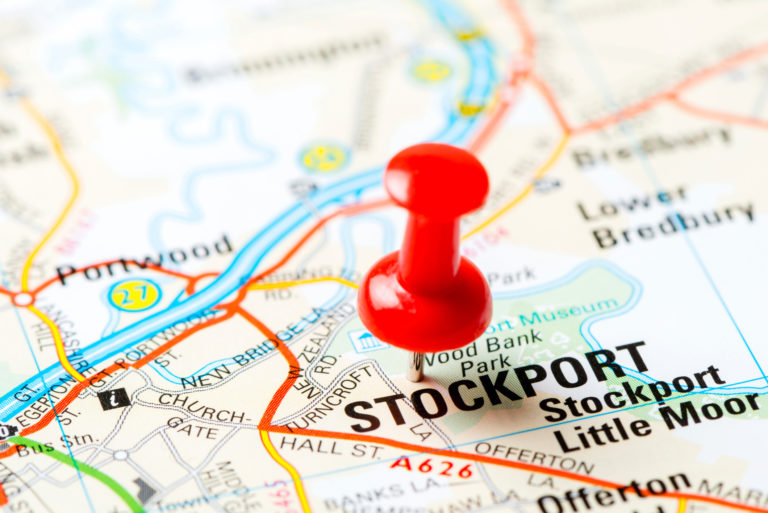The UK housing market experienced a strong start to the year with a rebound in sales activity, with confidence rising thanks to falling mortgage rates.
After a modest fall in average property values in 2023, this year has already started with more positivity for the UK housing market after a boost in sales agreed and a greater flow of properties for sale, according to the latest house price index released by property portal Zoopla.
That being said, certain parts of the country have continued to see house price rises despite wider difficulties: namely the north west, with a 0.3% price increase in the year to January, Yorkshire and the Humber (up 0.5%), Northern Ireland (3.2%), Scotland (1.8%), and the north east which remained flat.
The cities in England which have performed particularly well, according to Zoopla, are Liverpool with a 0.9% property price increase, Leeds which was up 0.6%, Newcastle (0.5%), Sheffield (0.4%) and Manchester (0.4%).
The standout statistics in Zoopla’s latest house price index are the sales figures for the UK housing market, with a 13% surge in the number of sales agreed in January 2024 compared with January 2023. Every region in the UK experienced an increase in sales activity, showing the scale of appetite in all parts of the country.
This coincided with a 12% leap in buyer demand compared with a year ago, with more people now keen to progress with their home moves or new investments thanks to a more favourable economic landscape, and ongoing improvements to mortgage rates.
No more “wait and see” in UK housing market
With lenders looking likely to continue to compete and offer more appealing products and deals, this momentum in the UK housing market could begin to gather. Buyers that had been delaying decisions towards the end of last year are now taking action, in a “return of pent-up demand”.
Although the current level of buyer demand in the UK housing market is still 13% below the five-year average, Zoopla notes that this includes the “boom years” we experienced during the pandemic, mainly in 2021 and 2022, where a flurry of activity caused an unprecedented spike in the statistics.
Yorkshire and the Humber saw the biggest spike in sales agreed, says Zoopla, with a huge 19% increase in the region. This was followed by the West Midlands, which had a 17% rise. Both of these areas are hotspots for property investment at the moment, thanks to regeneration and improvements taking place in many key areas, alongside the strong yields on offer.
All of this is having the effect of keeping house prices buoyant. The index found that prices were just -0.8% lower in December 2023 compared with December 2022, which is an improvement on the annual dip of -1.4% seen in October’s figures. The UK housing market is moving in the right direction.
Long-term prospects
Since the start of 2016, the UK housing market has seen property prices surge by 34% on average. This compares with the average flat in London which has seen its value rise by just 2% during the same period. Zoopla notes this is due to London reaching “peak unaffordability” in 2016.
While the situation is beginning to improve in the capital, buyers are still facing a “sizeable affordability challenge”, particularly as mortgage rates have doubled since 2021. London is home to the most expensive property stock in the country, so getting a mortgage big enough to cover the cost of the average home is not possible for many.
Zoopla does point out that market conditions in London are expected to ease over the course of this year, due to earnings rising faster than house prices. However, this is more likely to boost transaction levels rather than property prices.
Commenting on Zoopla’s latest findings, Tom Bill, head of UK residential research at Knight Frank, said: “The housing market has picked up in January where it left off before Christmas, with buyer demand being driven by falling mortgage rates.
“Things have improved markedly on paper as the best rates fall below 4% and that should translate into a seasonal spring bounce. The economic picture is more settled and we expect 3% UK price growth this year although there is a risk that political volatility increases and begins to cut through with buyers and sellers.”










